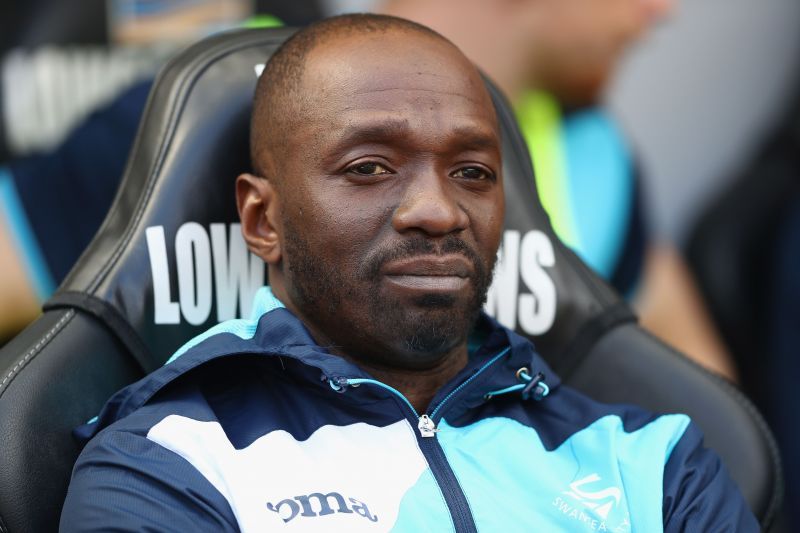
The evolution of the defensive midfield role in modern football
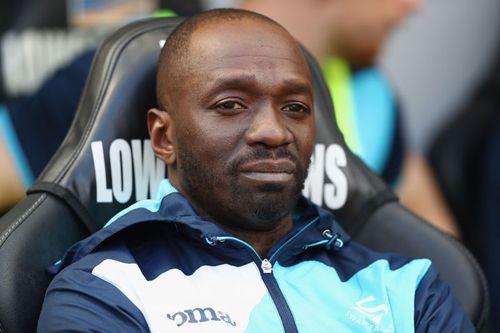
There are some roles on the football pitch that do not garner the credit and recognition they deserve. Goalkeepers and centre-backs are one of the primary examples of such roles but the most underappreciated one is arguably that of the midfield destroyer. In modern times, this role has become synonymous with Chelsea legend, Claude Makelele, and is therefore called the 'Makelele' role.
The term refers to a defensive midfielder who sits in front of a team's back-line, making tackles, interceptions and doing what is widely referred to as the 'dirty work' so that his teammates can play with more freedom. This role requires extreme amounts of stamina, energy and concentration in order to be effective.
The evolution of the role
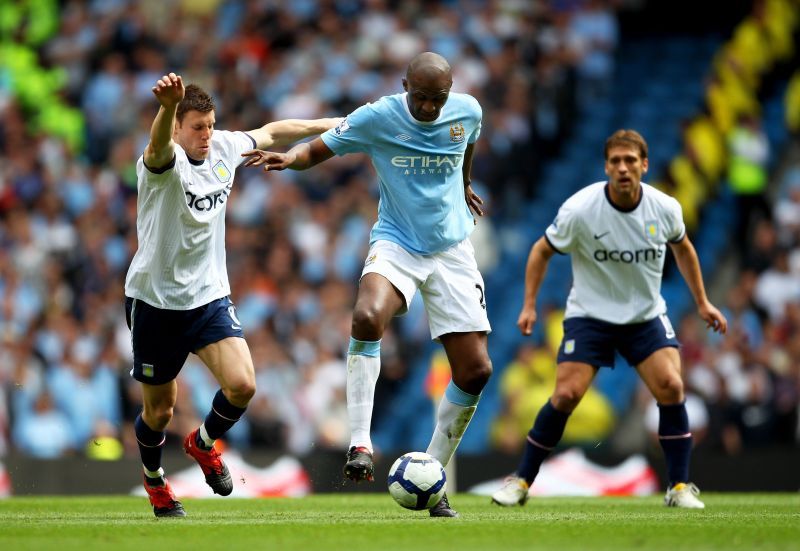
To understand the evolution of this role, it is important to understand the changes football has undergone in the last few years as well.
Up to the early 2000s, the speed of the game was far slower. The variations across the leagues were even more prominent as Italy and Spain were known for an extremely slow tempo which was focused on the buildup. On the other hand, the Premier League was far more direct and less intense than what we see today.
This lack of speed eliminated the need for a specialist ball-winner and the regular central midfielders were able to collectively defend as a unit.
It was only until the late 90s that the speed of football across Europe began to quicken. Leagues became open to players from abroad and this brought a great degree of impetus whereby the traditional ways of playing were gradually being phased out for a more competitive modern approach.
As a result, there was a sudden spurt of energetic box-to-box midfielders who were vital to the defensive structures of their sides. This subsequently coincided with the rise of players like Makelele, who gained prominence at Nantes and later Marseille as well as Patrick Vieira, who joined Arsenal in 1996.
Positionally, such players were extremely well-rounded and strong in their technical abilities. However, it was their ball-winning exploits and general robustness that made them so essential to their respective sides. Following this era, the role of a defensive-midfielder diverged.
Divergence
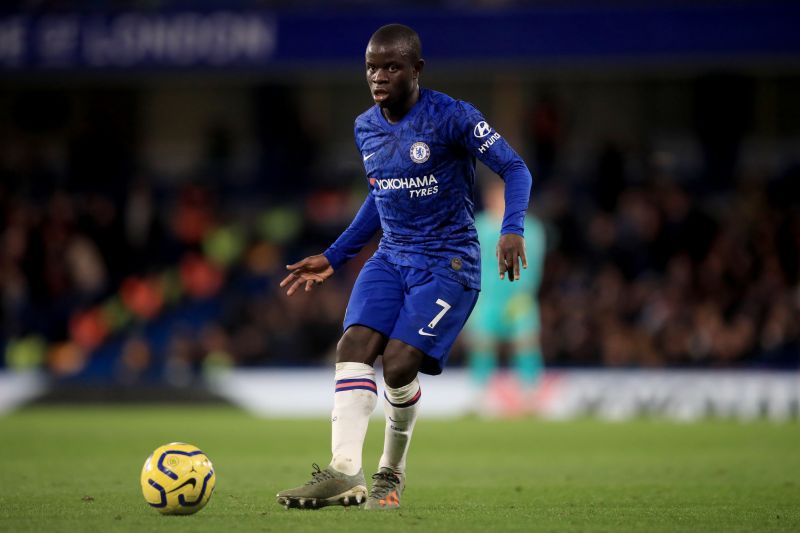
The manner in which football has changed has facilitated the rise of two kinds of defensive midfielders: an all-action defensive midfielder and a pure ball-winner. The distinction between the two is created by the tactical setup of the sides they are playing for.
Elite clubs in modern football no longer wish to see a one-dimensional team on the pitch. Each player is now required to fulfil a plethora of roles apart from their specialized position. This led to the emergence of a new generation of defensive midfielders who were technically gifted enough to contribute at the other end of the pitch as well. Notable examples include Michael Essien, Michael Ballack and Sami Khedira.
These players enjoyed a great deal of success and longevity in their careers purely because of the sheer explosiveness and dynamism they brought to their sides. In a matter of minutes, such players could go from making a last-ditch tackle to scoring a clean volley, summarising what is now required from a defensive midfielder. The likes of Ballack and Essien would frequently play together as a part of a midfield three, without compromising on any attacking output.
However, there was still a demand for pure ball-winners, especially from sides who played less open and more compact brands of football. Jose Mourinho remains a big fan of such midfielders, illustrated by his faith in players like Nemanja Matic. This breed of midfielders is tasked with the singular role of shielding the defensive line and extensively marking any opposition attackers. N'Golo Kante rose to prominence thanks to his performances as Leicester City's destroyer and won a second successive title for Chelsea in the same role. Maurizio Sarri later faced criticism for playing the Frenchman in a more advanced role.
The modern defensive midfielder
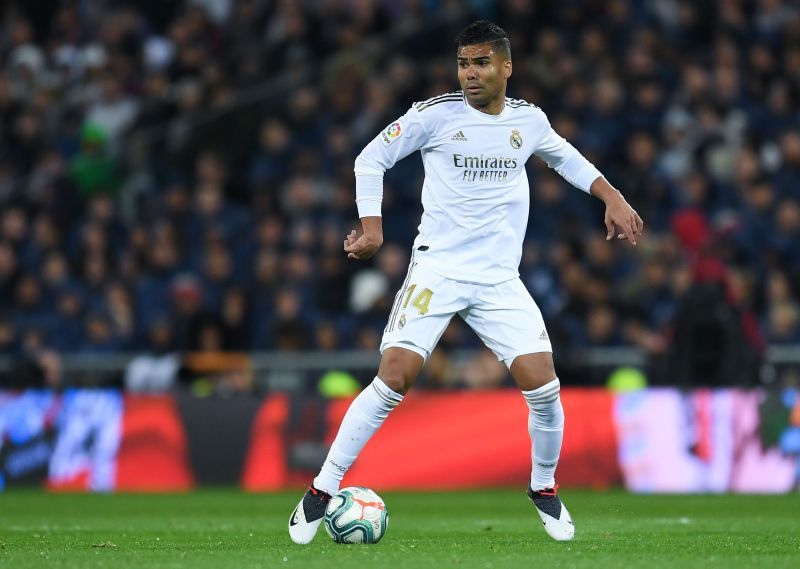
As mentioned above, the role of a defensive midfielder has undergone extensive changes in the last few years. The perception of the perfect destroyer would vary based on a variety of factors. However, it must be said that an all-rounder has the advantage over the specialist in modern-day football.
Real Madrid's Casemiro is widely regarded as one of the best defensive midfielders in the world at the moment. The Brazilian boasts a passing accuracy of 84% this season, averaging 62 passes per game. He makes 3.3 tackles and 2 interceptions per game while also having tallied six goals and three assists.
Casemiro is strong, agile and technically gifted, making him the perfect fit for an expansive side like Real Madrid. More importantly, he represents the crème de la crème of the modern defensive midfielder, showing just how much the position has evolved.